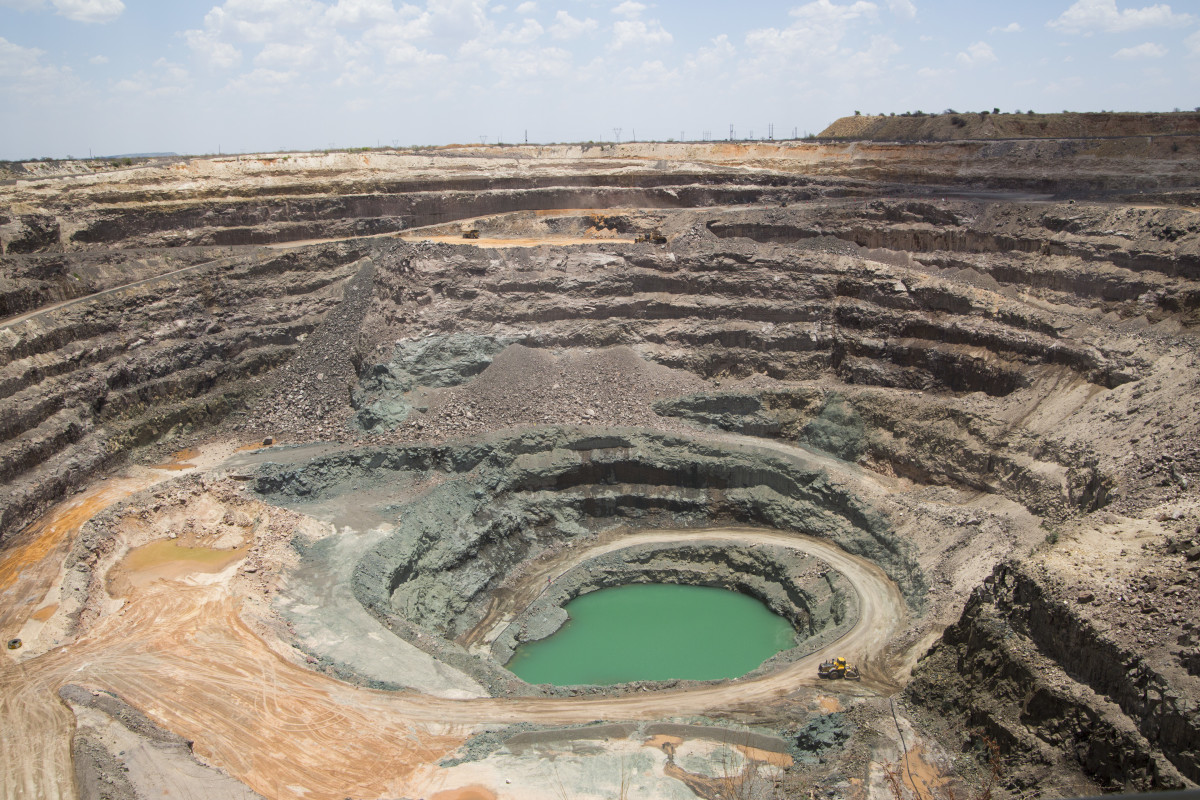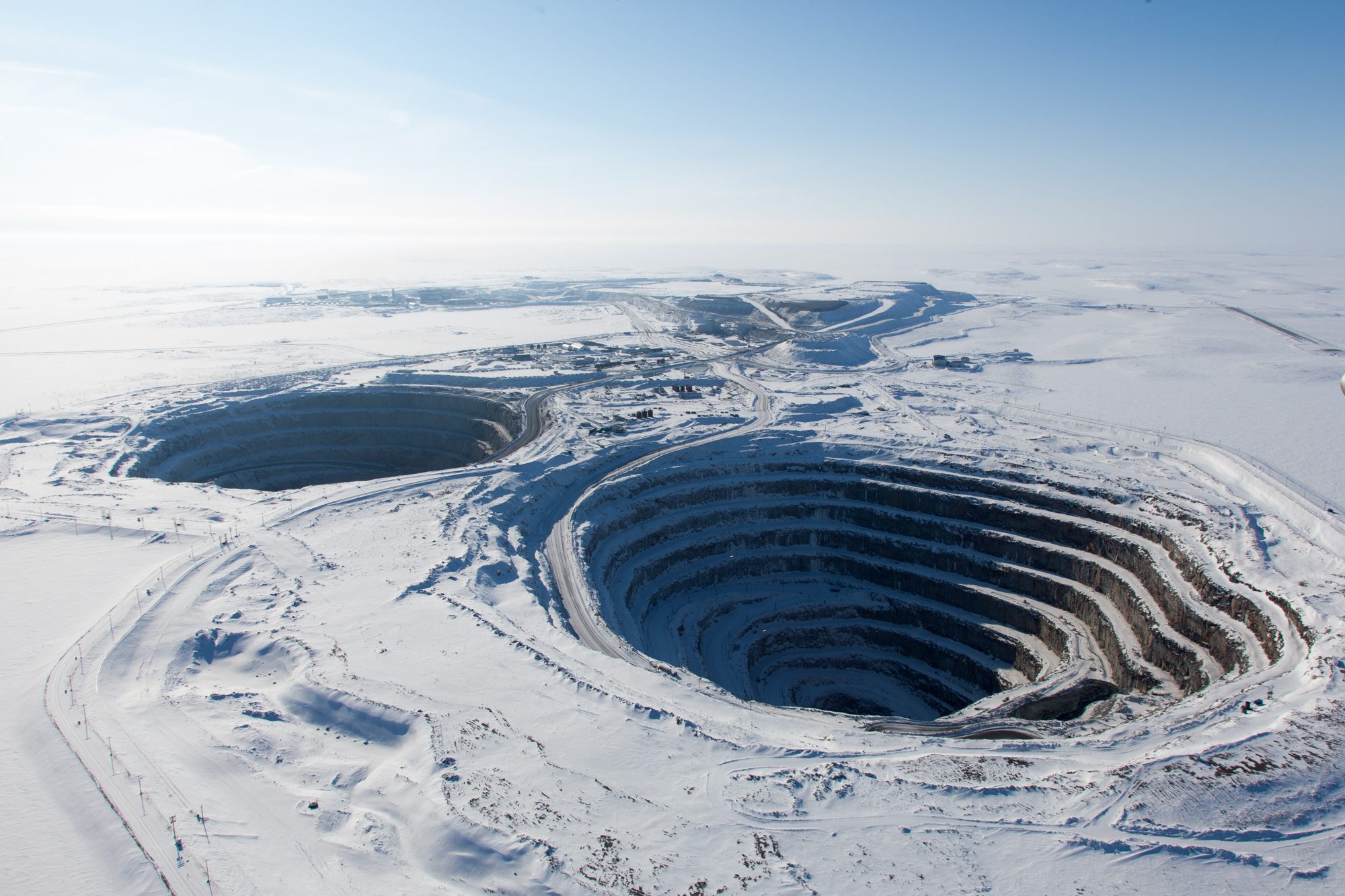Diamond Pit Characteristics
Diamonds pit – Diamond pits are unique geological formations that are formed by the erosion of volcanic pipes. These pipes are formed when magma rises from deep within the Earth’s crust and comes into contact with groundwater. The groundwater flashes into steam, creating a powerful explosion that blasts a hole in the ground. The resulting crater is then filled with volcanic ash and debris, which eventually hardens into rock. Over time, the softer rock surrounding the volcanic pipe is eroded away, leaving behind a diamond pit.
Diamonds from the pits were sold to European kings, who used them to adorn their crowns and scepters. But the most coveted treasure was not the diamonds themselves, but the sword definition that had been used to carve them out of the rock.
The sword was said to be unbreakable, and it was believed to have magical powers. Kings and warriors from all over the world sought after the sword, but none could ever find it.
Diamond pits can vary greatly in size, depth, and shape. Some pits are only a few meters wide and deep, while others can be hundreds of meters wide and deep. The shape of a diamond pit is also variable, but most pits are roughly circular or oval.
Distribution of Diamond Pits Worldwide
Diamond pits are found in a number of countries around the world, including South Africa, Botswana, Namibia, Angola, the Democratic Republic of the Congo, and Russia. The most famous diamond pit in the world is the Kimberley Mine in South Africa, which has produced over 2,700 metric tons of diamonds since it was opened in 1871.
Diamond Pit Mining Methods: Diamonds Pit

Diamond pit mining involves extracting diamonds from open-pit mines, where the earth’s surface is excavated to reach the diamond-bearing ore. Various mining techniques are employed, each with its advantages and disadvantages.
Open-Pit Mining
Open-pit mining is a common method used to extract diamonds from large, near-surface deposits. It involves removing the overburden (soil, rock, and other materials) to expose the diamond-bearing ore. This method is relatively cost-effective and allows for large-scale mining operations.
Advantages:
- Cost-effective for large deposits.
- Allows for high production rates.
Disadvantages:
- Requires extensive land use.
- Can create significant environmental impacts.
Alluvial Mining
Alluvial mining involves extracting diamonds from riverbeds or other areas where they have been transported by water erosion. This method is less invasive than open-pit mining and is often used in areas with smaller, dispersed diamond deposits.
Advantages:
- Less environmentally impactful than open-pit mining.
- Can be used to access diamonds in remote areas.
Disadvantages:
- Lower production rates compared to open-pit mining.
- Relies on the availability of water resources.
Environmental Impact
Diamond pit mining can have significant environmental impacts, including:
- Land degradation and deforestation.
- Water pollution from mining chemicals and sediment runoff.
- Air pollution from dust and emissions.
- Noise and vibration from mining operations.
To mitigate these impacts, responsible mining practices are essential, including land reclamation, water management, and dust control measures.
Diamond Pit History and Cultural Significance

Diamond pit mining has a long and storied history, dating back to ancient times. The earliest known diamond mines were located in India, where diamonds were first discovered around 3000 BC. Indian diamonds were highly prized by ancient civilizations, and they were often used in jewelry and other forms of adornment.
The discovery of diamonds in South Africa in the late 19th century revolutionized the diamond industry. The South African diamond mines were much larger and more productive than the Indian mines, and they quickly became the world’s leading source of diamonds. The South African diamond industry had a profound impact on the country’s economy and society, and it helped to make South Africa one of the richest countries in the world.
Diamonds have always been a symbol of wealth and status. They are often used in engagement rings and other forms of jewelry, and they are also popular as investment vehicles. The cultural significance of diamonds is reflected in the fact that they are often featured in works of art and literature.
Famous Diamond Pits, Diamonds pit
Some of the most famous diamond pits in the world include:
- The Kimberley Diamond Mine in South Africa was the largest and most productive diamond mine in the world for many years. It was discovered in 1871, and it produced over 2,700 tons of diamonds during its lifetime.
- The Jagersfontein Diamond Mine in South Africa is another famous diamond mine. It was discovered in 1870, and it produced over 9 million carats of diamonds during its lifetime.
- The Cullinan Diamond Mine in South Africa is famous for producing the largest diamond ever found, the Cullinan Diamond. The Cullinan Diamond was found in 1905, and it weighed 3,106 carats.
The Cultural Significance of Diamonds
Diamonds have a long and rich cultural history. They have been used in jewelry and other forms of adornment for centuries, and they are often associated with wealth and status. Diamonds are also popular as investment vehicles, and they are often seen as a safe haven asset.
The cultural significance of diamonds is reflected in the fact that they are often featured in works of art and literature. Diamonds have been the subject of numerous poems, songs, and stories. They have also been used in paintings, sculptures, and other forms of art.
Diamonds are a symbol of love, beauty, and wealth. They are often given as gifts to mark special occasions, such as engagements, weddings, and anniversaries. Diamonds are also popular as investment vehicles, and they are often seen as a safe haven asset.
The diamonds pit was a dangerous place, where men risked their lives for a chance at fortune. The miners worked tirelessly, digging deep into the earth, hoping to strike it rich. But for every successful miner, there were countless others who lost everything.
The odds were stacked against them, but they kept gambling, hoping that the next spin of the slot machine would be the one that changed their lives. Back in the diamonds pit, the miners continued to toil, their dreams of wealth fueling their determination.
In the depths of the diamond pit, the miners toiled tirelessly, their hopes pinned on a glimmer of precious stone. The weight of the earth pressed down on their souls, but their spirits remained unbroken. As the sun began to set, casting an ethereal glow on the scene, a new obsession gripped the world above: wordle nyt.
The miners, unaware of this digital craze, continued their relentless pursuit of diamonds, their minds focused on the glittering treasure beneath their feet.
In the treacherous depths of the diamond pit, where fortunes were unearthed, there lay a secret yearning for connections. Like the glimmering gems that beckoned seekers, the allure of connections hint today promised a path to prosperity. As the miners toiled tirelessly, they whispered tales of distant lands and sought guidance from those who held the keys to the underworld.
In the depths of the diamond pit, where darkness reigned supreme, a glimmer of crimson emerged. Like a solitary cherry , its juicy sweetness defied the bleakness. Yet, as the diamonds sparkled with an ethereal brilliance, the cherry’s allure faded into insignificance, leaving behind only the enigmatic echoes of a lost paradise in the heart of the desolate pit.